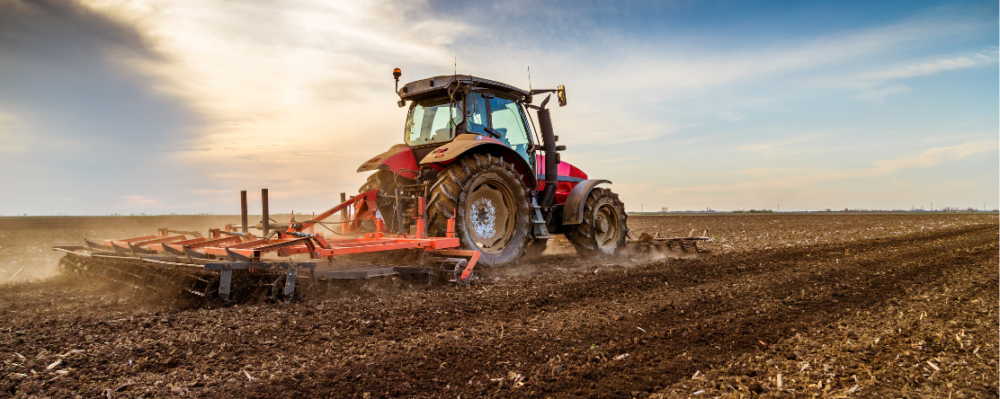
The Child Welfare System in U.S. News: What’s Missing?
- Lori Dorfman, DrPH, MPH
- Sarah Han, Laura Nixon, Pamela Mejia, Daphne Marvel
-
Focus Areas
Healthy Communities, Women, Youth & Children -
Issues
Violence Prevention -
Programs
Berkeley Media Studies Group

Many of the United States’ most vulnerable children are served by the child welfare system, an integral part of how we care for children who have been hurt or neglected: In 2015, more than 3.3 million children were involved in a child protective services investigation or alternative intervention in response to reports of abuse. Communicating effectively about the child welfare system, a complex network of public and private agencies, nonprofits, and community-based organizations, can be challenging, especially if it means talking about socially or politically fraught issues like family dynamics or funding for public services.
When the child welfare system is strong, everyone benefits—not just children, but parents, families, and whole communities. One promising approach to strengthen the child welfare system is bridging the disconnect between child welfare and domestic violence services. These services have historically responded to victims separately, although many families who are involved in the child welfare system also experience domestic violence. In fact, in up to 60 percent of the families where domestic violence is identified, some form of co-occurring child abuse is also present, and, too often, that abuse has fatal consequences.
In recent years, child welfare organizations and domestic violence programs have begun collaborating to better meet the needs of adults affected by domestic violence and children experiencing family violence. The Quality Improvement Center on Domestic Violence in Child Welfare, funded by the Children’s Bureau in the Administration for Children and Families at the Department of Health & Human Services, is leading a five-year project in sites around the country to determine best practices for how the child welfare system can better serve families experiencing domestic violence.
How can practitioners highlight those approaches and make the case for implementing them at the local, state, and national level? An important first step is to understand the current discourse about child welfare and how related issues like domestic violence appear. News coverage gives us a window into that discourse: The way issues are portrayed in the news affects how the public and policymakers understand them. If news coverage doesn’t illustrate the broader environments that surround specific incidents of child abuse or neglect, it may be harder for the public and policymakers to see the impact of environments and systems, including the child welfare system.
News coverage also sets the agenda for public policy debates. Journalists’ decisions about which issues to cover can raise the profile of a topic, whereas topics not covered by news media may remain outside public dialogue and policy debate. In this study, we set out to understand the narrative about the child welfare system as it is reflected in the news. We wondered: how is the child welfare system portrayed in news coverage? Is it mentioned only when the system fails? Who is held responsible for resolving problems in the child welfare system? How, if at all, does domestic violence appear? How do issues of race and gender appear in coverage? And perhaps most importantly, what could patterns in the coverage mean for practitioners around the country working to build and maintain stronger child welfare protections that address the needs of families experiencing domestic violence?
Originally published by Berkeley Media Studies Group
Work With Us
You change the world. We do the rest. Explore fiscal sponsorship at PHI.
Support Us
Together, we can accelerate our response to public health’s most critical issues.
Find Employment
Begin your career at the Public Health Institute.


